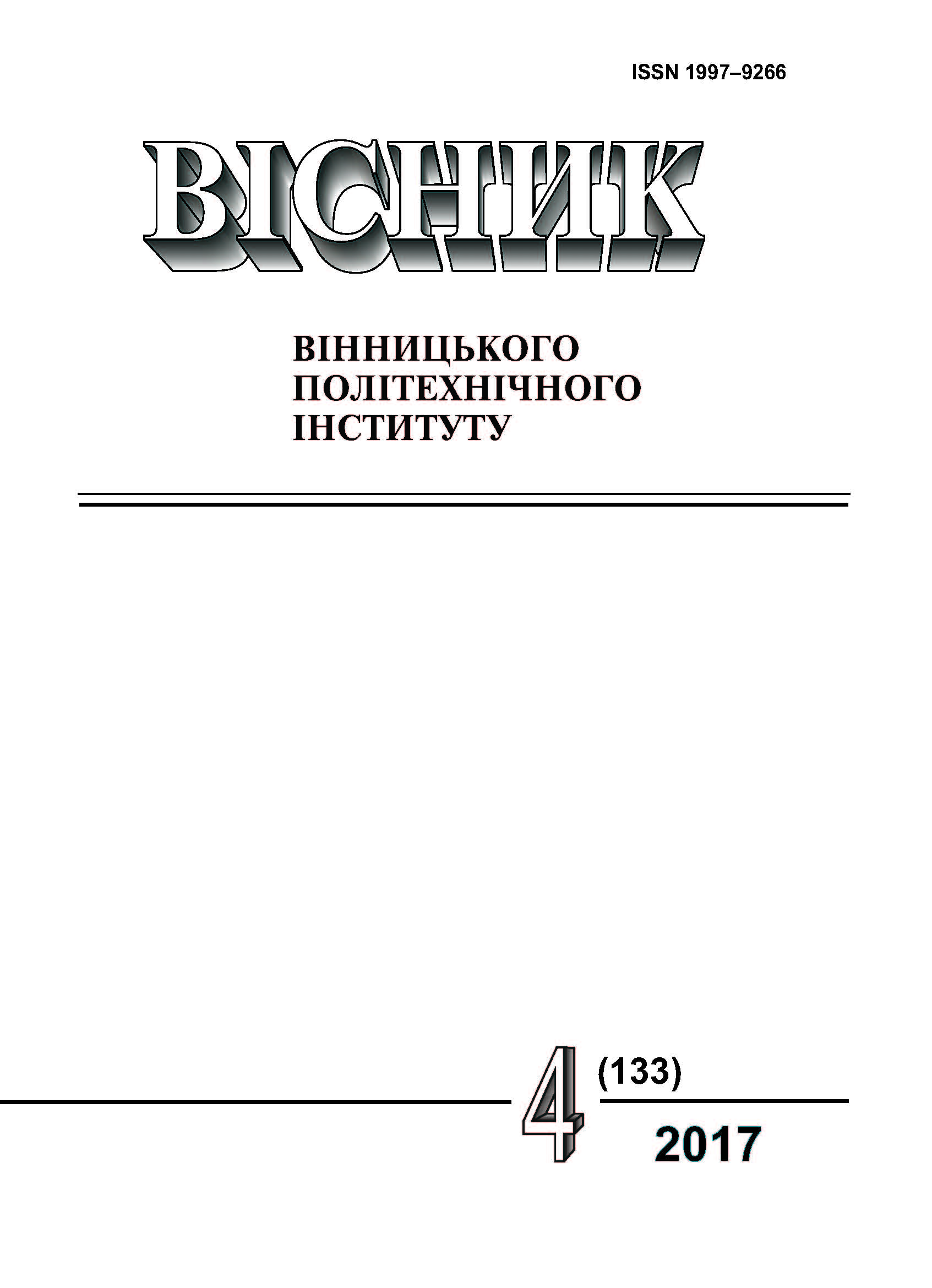Research of Fire Resistance of Reinforced Concrete Plate of New Type
Keywords:
fire resistance, slab, temperature, architectural and building systemAbstract
A study of the stress-strain state of a new type of architectural and building system "Monophant" on the combined effect of vertical loads and on heating under the standard fire regime was carried out. The temperature fields for the height of the section are obtained for all limits of fire resistance. An algorithm is proposed that takes into account the transformation of the design schemes depending on the temperature and overpressure in the cavities of the insulation.
References
2. Full-scale testing of a damaged reinforced concrete frame in fire / [Umesh Kumar Sharma, Pradeep Bhargava, Bhupinder B Singh at al.] // Proceedings of the ICE . — Structures and Buildings – 2012. — Vol. 165. — P. 335—346.
3. Zhenhai Guo Experiment and Calculation of Reinforced Concrete at Elevated Temperatures / Zhenhai Guo, Xudong Shi. — Hardbound: Elsevier. — 2011. — 336 p.
4. Ervine A. Behaviour of Earthquake Damaged Reinforced Concrete Structures in Fire / Ervine A., Gille M., Pankaj Dr. // Structures in Fire: Proceedings of the Sixth International Conference. — Lancaster : Destech Publications, Inc., 2010. — P. 224—230.
5. Terro Mohamad J. Numerical modeling of the behavior of concrete structure in fire / Mohamad J. Terro // ACI Structural Journal. — 1998. — Vol. 95, No. 2. — P. 183—193.
6. Chen. Numerical analysis and simulation of space concrete frames under fire / Chen, S.-c. Ren, A.-z. Lu, X.-z. // Journal of Natural Disasters. — 2007. — P. 88—92.
7. Jie Zhao. A meso-level investigation into the explosive spalling mechanism of high-performance concrete under fire exposure / Jie Zhao, Jian-jun Zheng, Gai-fei Peng, Klaas van Breugel // Original Research Article Cement and Concrete Research. — November 2014. — Volume 65. — Pages 64—75.
8. Spalling of concrete structural walls exposed to fire / [Hedayati M. and others] // Mechanics of Structures and Materials: Advancements and Challenges. — CRC Press, 2016. — С. 971—976.
9. Hager I. Behaviour of cement concrete at high temperature / Hager I. // Technical Sciences. — 2013. — Vol. 61, №. 1.
10. Composite behavior of concrete materials under high temperatures / [G. Xotta, G. Mazzucco, V. A. Salomoni, C. E. Majorana, and K. J. Willam] // International Journal of Solids and Structures., — 2015. — Vol. 64. — P. 86—99.
11. Шмуклер В. С. Каркасные системы облегченного типа / В. С. Шмуклер, Ю. А. Климов, Н. П. Бурак. — Харьков: Золотые страницы, 2008. — 336 с.
12. Лурье А. И. Теория упругости / А. И. Лурье. — М. : Наука, 1970. — 940 с.
13. Ландау Л. Д. Теория упругости / Л. Д. Ландау, Е. М. Лифшиц. — М. : Наука, 1987. — 248 с.
14. Конструкції будинків і споруд. Бетонні та залізобетонні конструкції з важкого бетону. Правила проектування: ДСТУ Б В.2.6-156:2010 [чинний від 1.6.2011] — К. : Мінрегіонбуд України, 2011. — 118 с.
15. EN 1992-1-2:2004 Eurocode 2: Design of concrete structures — Part 1—2: General rules — Structural fire design / Eu-ropean committee for standardization, 2004. — 97 p.
16. Сайт «Ansys Inc» [Електронний ресурс]. — Режим доступу: http://www.ansys.com. (дата звернення 10.02.2017). — Назва з екрану.
17. Метод конечных элементов: теория и численная реализация. Программный комплекс «Лира-Windows» /
[А. С. Городецкий, И. Д. Евзеров, Е. Б. Стрелец-Стрелецкий и др.] — Киев : Факт, 1997. — 137 с.
Downloads
-
PDF (Українська)
Downloads: 240
Published
How to Cite
Issue
Section
License
Authors who publish with this journal agree to the following terms:
- Authors retain copyright and grant the journal right of first publication.
- Authors are able to enter into separate, additional contractual arrangements for the non-exclusive distribution of the journal's published version of the work (e.g., post it to an institutional repository or publish it in a book), with an acknowledgment of its initial publication in this journal.
- Authors are permitted and encouraged to post their work online (e.g., in institutional repositories or on their website) prior to and during the submission process, as it can lead to productive exchanges, as well as earlier and greater citation of published work (See The Effect of Open Access).





